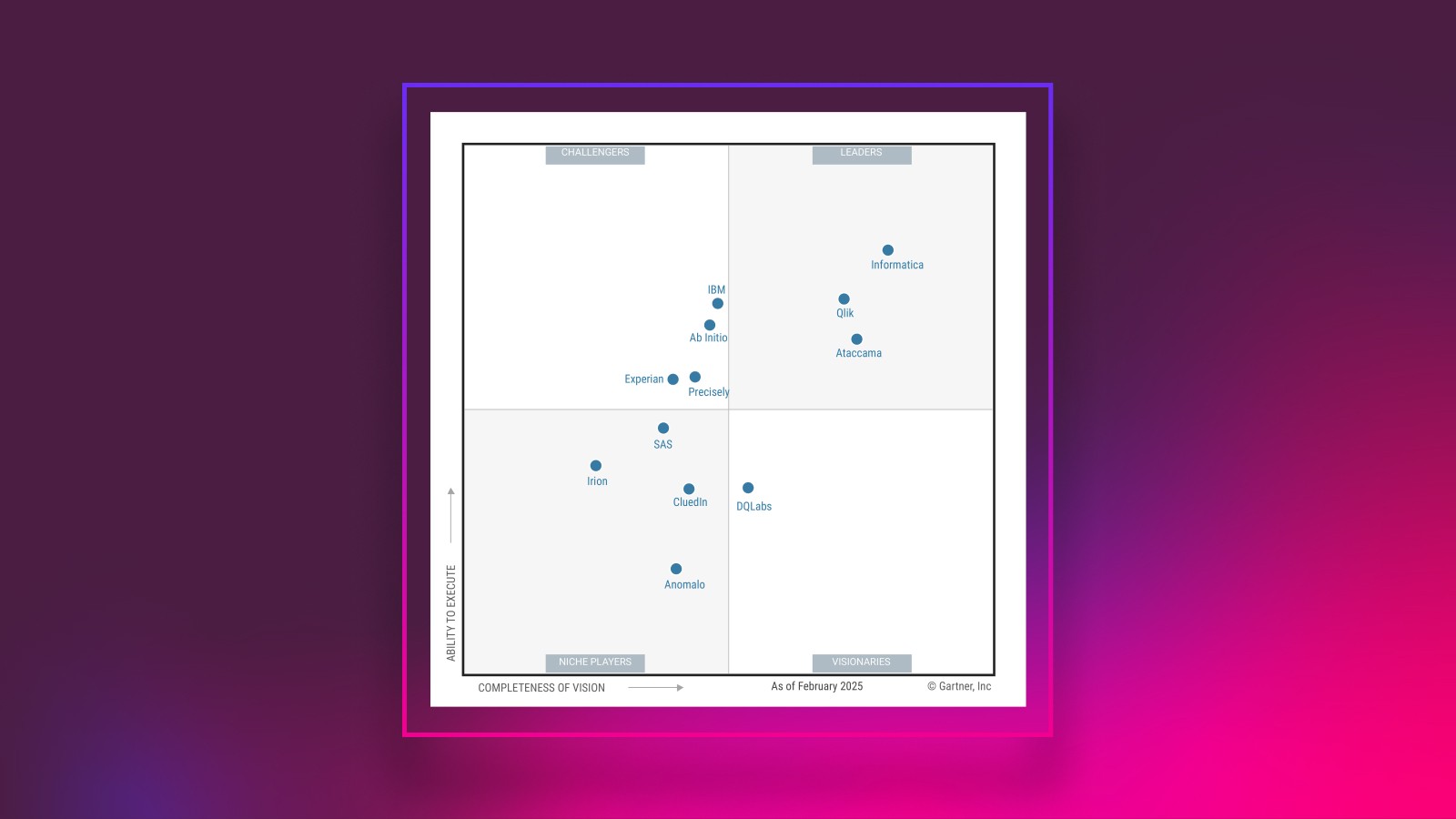The evolution of data lineage: From technical complexity to business-driven insights

Introduction
Data lineage has long been essential for tracking data movement, understanding dependencies, and conducting impact analysis. However, its full potential is only realized when integrated into broader data management ecosystems, including data catalogs, governance frameworks, and analytics workflows.
The ultimate goal of data lineage is to increase data trust. To achieve this, lineage must be combined with metadata from other sources and aligned with data quality and data trust initiatives.
The trend of acquiring and integrating standalone lineage solutions into larger data governance platforms underscores this shift. Organizations now recognize that data lineage must serve not just technical teams but also business users who rely on trustworthy data for decision-making.
The current landscape: Challenges of traditional data lineage
Historically, data lineage has been a highly technical capability, primarily used by data engineers working in data warehouses and cloud migration projects. This approach, while useful for pinpointing technical dependencies, presents several limitations:
- Narrow audience – Traditional lineage tools primarily serve data engineers, limiting their impact across the organization.
- Complex visualizations – Enterprise data lineage graphs often attempt to map everything, from raw data ingestion through transformation layers to final outputs, including SQL scripts and Python functions.
- Not aligned with business metadata – Business users struggle to extract meaningful insights because they must constantly switch between lineage details and governance metadata, which makes it difficult to gain a cohesive understanding of data trustworthiness.
- High costs with limited value – Given their complexity and restricted audience, traditional data lineage tools often do not deliver sufficient ROI beyond migration projects.
As a result, business users often view standalone data lineage solutions as low-value investments, leading organizations to seek more integrated approaches.
The future of data lineage: Integration and business value
The future of data lineage lies in its integration with broader data governance and quality ecosystems. Several key trends are shaping this evolution:
- The decline of standalone tools – Standalone data lineage solutions will likely fade, except for niche players offering highly specialized capabilities.
- AI-powered governance integration – Lineage will become a foundational element within AI-driven governance and data quality platforms.
- Compliance and risk assessment – Regulatory and audit requirements will drive deeper integration of lineage into compliance workflows.
- Business user empowerment – Self-service access to lineage insights will become essential, enabling business users to verify data trustworthiness without needing deep technical expertise.
The solution: Integrated data lineage for technical and business users
To maximize value and increase data trust, data lineage should be embedded within data catalogs and data quality platforms, featuring:
- Multi-layered visualization – Combining technical and business metadata in a way that serves both engineers and non-technical stakeholders.
- Interactivity and drill-down capabilities – Users should be able to explore lineage at a high level and zoom into specific attributes or transformations as needed.
- AI-powered anomaly detection – AI-driven insights can highlight inconsistencies, automate data quality checks, and suggest improvements in data governance.
- Business term and DQ overlays – Lineage graphs should incorporate business terms and data quality context, making data more trustworthy to decision-makers.
Conclusion
Data lineage is evolving from a technical necessity to a business enabler. As organizations move away from standalone lineage tools and toward integrated, AI-driven governance solutions, they will unlock greater trust, compliance, and efficiency. The future of data lineage is not just about tracing data movement—it’s about ensuring that data is accurate, reliable, and trusted for all users across the enterprise.
Now is the time for organizations to rethink their approach to data lineage. By embedding lineage within broader governance frameworks, businesses can trust their data to drive better decision-making, regulatory compliance, and operational efficiency.
Marek Ovcacek
Marek is our field CTO and has nearly two decades of experience in the technology industry. With deep expertise in data quality, master data management and data governance, he works closely with strategic customers to help them extract value from their data to deliver better business insights and decision-making outcomes.






